Arrival
Departure
Best price guaranteed
Arrival
Departure
Best price guaranteed

Restaurants
FINEST GASTRONOMY
The fertile soil of Castell Son Claret is also the heart of its culinary philosophy. It inspires the dishes served in its two restaurants: Mediterranean classics and a Michelin-starred gourmet experience. Fresh, seasonal ingredients and the estate’s exquisite olive oil pair perfectly with the warm bread baked daily on-site, offering a taste of Mallorca with each mouthful.
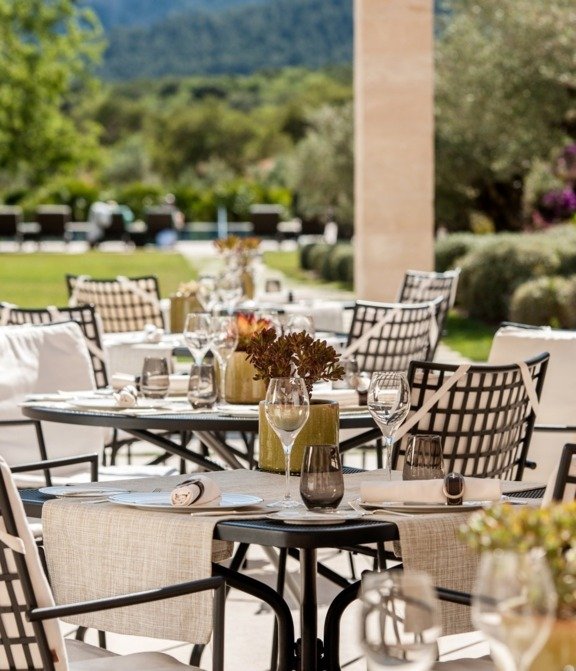
Our foundation lies in honoring our origins, guiding our future endeavors.
Jordi Cantó
SA CLASTRA
Michelin Star 2024
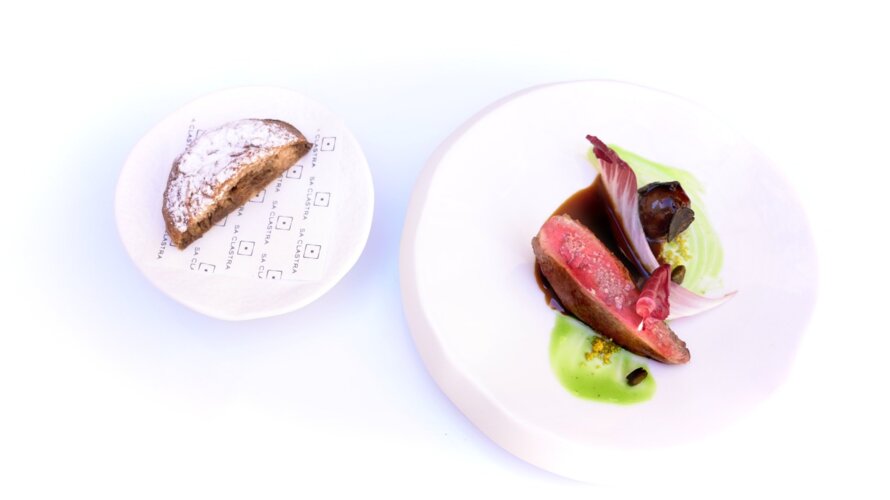
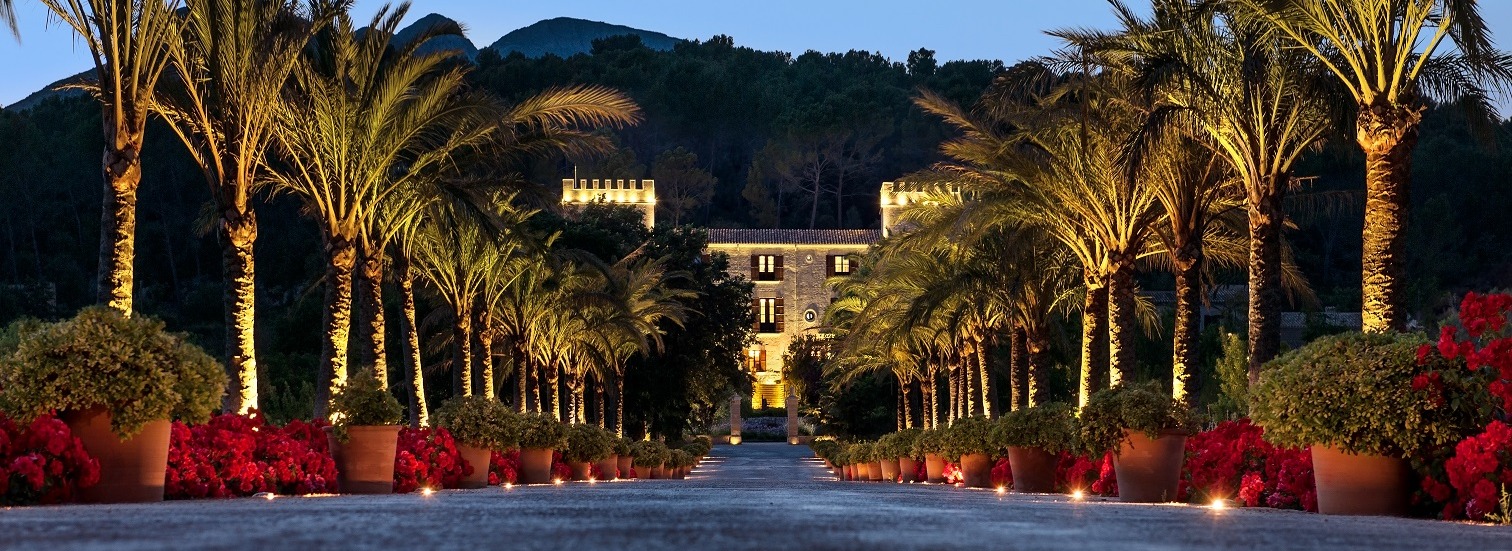
With greater loyalty comes richer benefits including opportunities to receive confirmed upgrades before arrival, preferential treatmenton-property, and higher Leaders Club status.

As a traditional possession from 1450, Castell Son Claret continues to honor its origins by maintaining a vegetable garden, producing olive oil, and harvesting citrus fruits - all essential elements of the estate’s heritage.
The estate’s connection to its natural surroundings and Mallorca’s deep-rooted traditions is evident in every detail.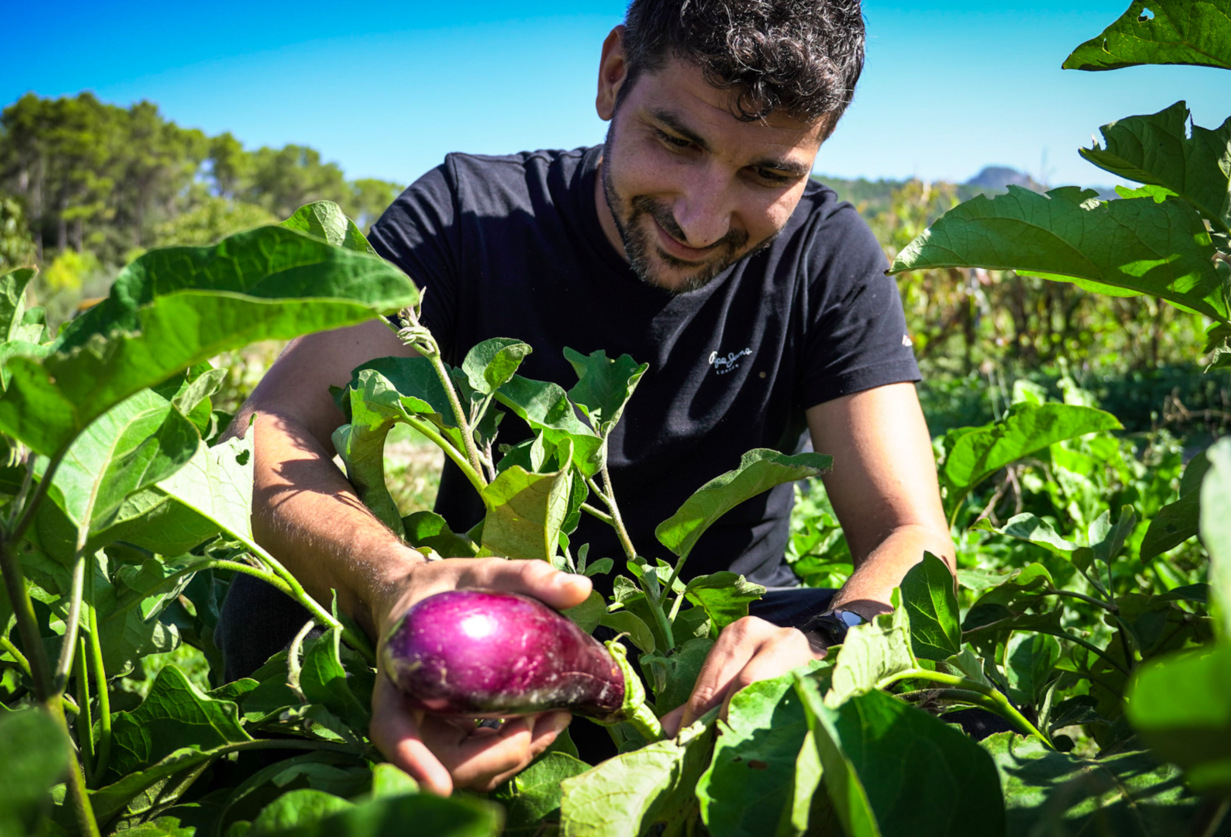
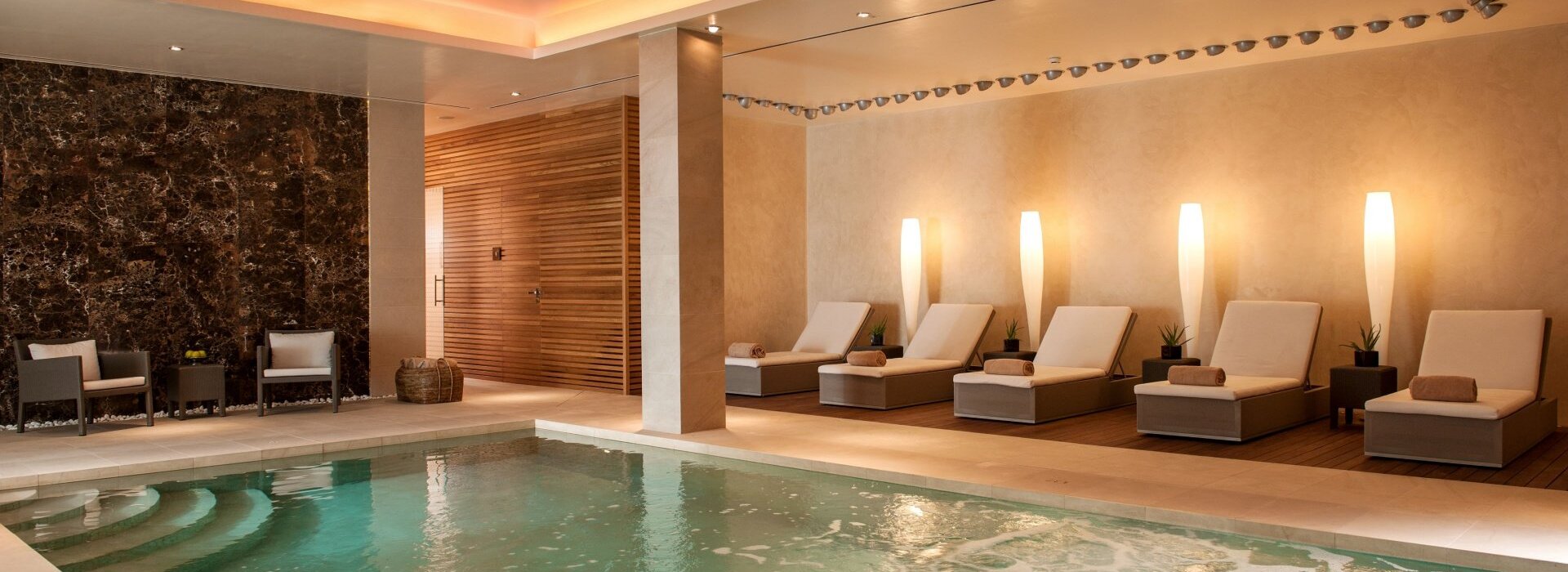
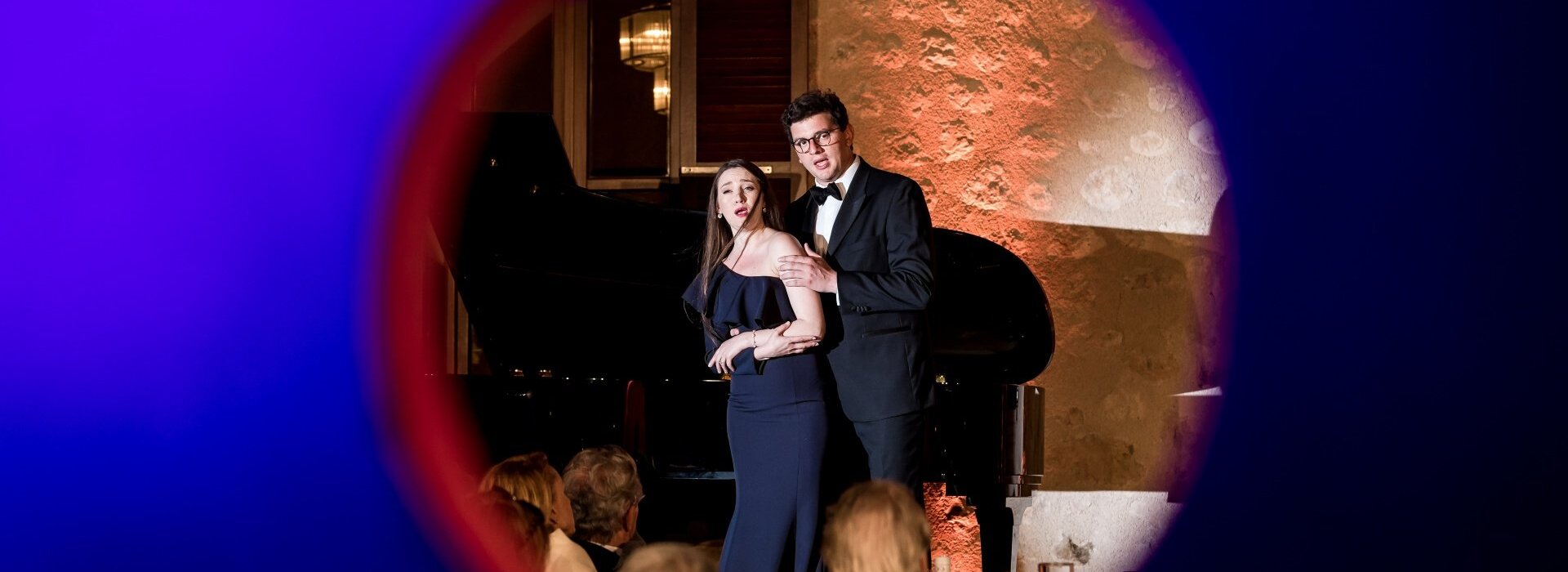
World-class music, signature gastronomy, and the unique charm of Castell Son Claret.
An unforgettable experience in the heart of the Tramuntana.


Commitment to Sustainability and Climate Action
At Castell Son Claret, we are committed to shaping a more sustainable future for tourism.
Among our latest steps forward are the introduction of smart meters for water and electricity, a comprehensive energy monitoring system, and a targeted plan to reduce food waste and improve waste management—developed in partnership with NexBiolinea. These initiatives have been made possible through funding from the de minimis program, supporting energy efficiency and circular economy projects in the hospitality sector, under the European Union’s Recovery, Transformation and Resilience Plan – Next Generation EU.